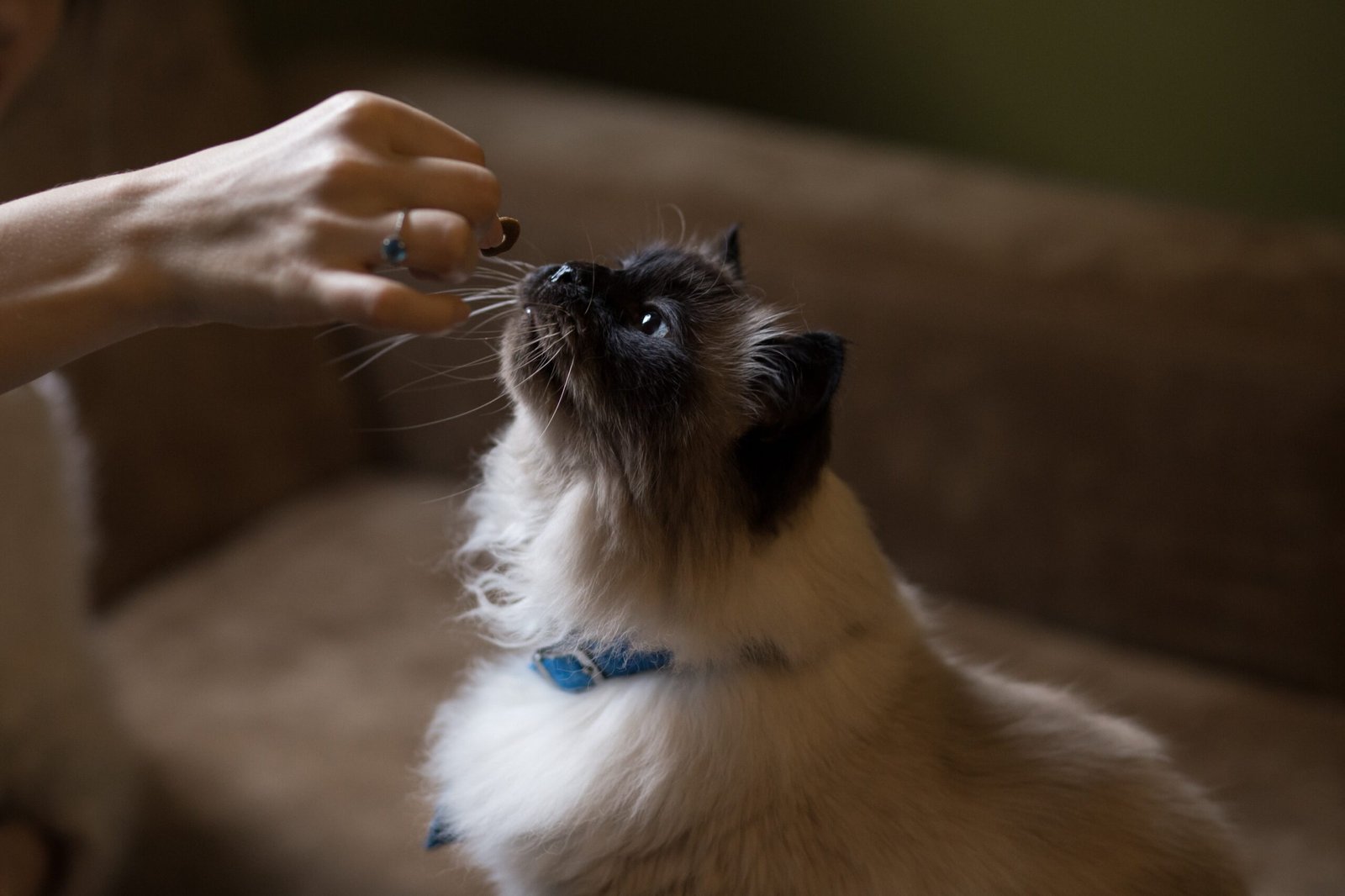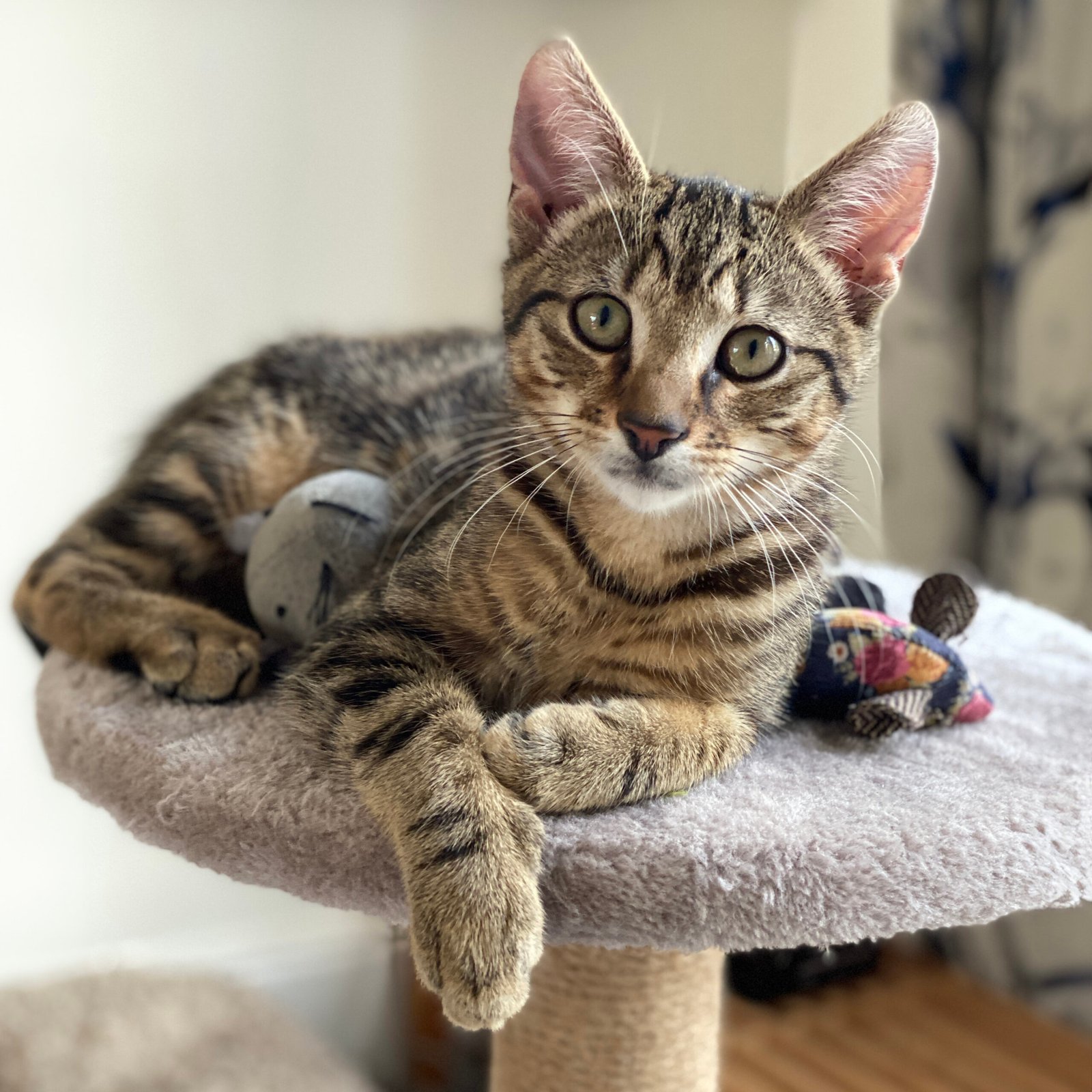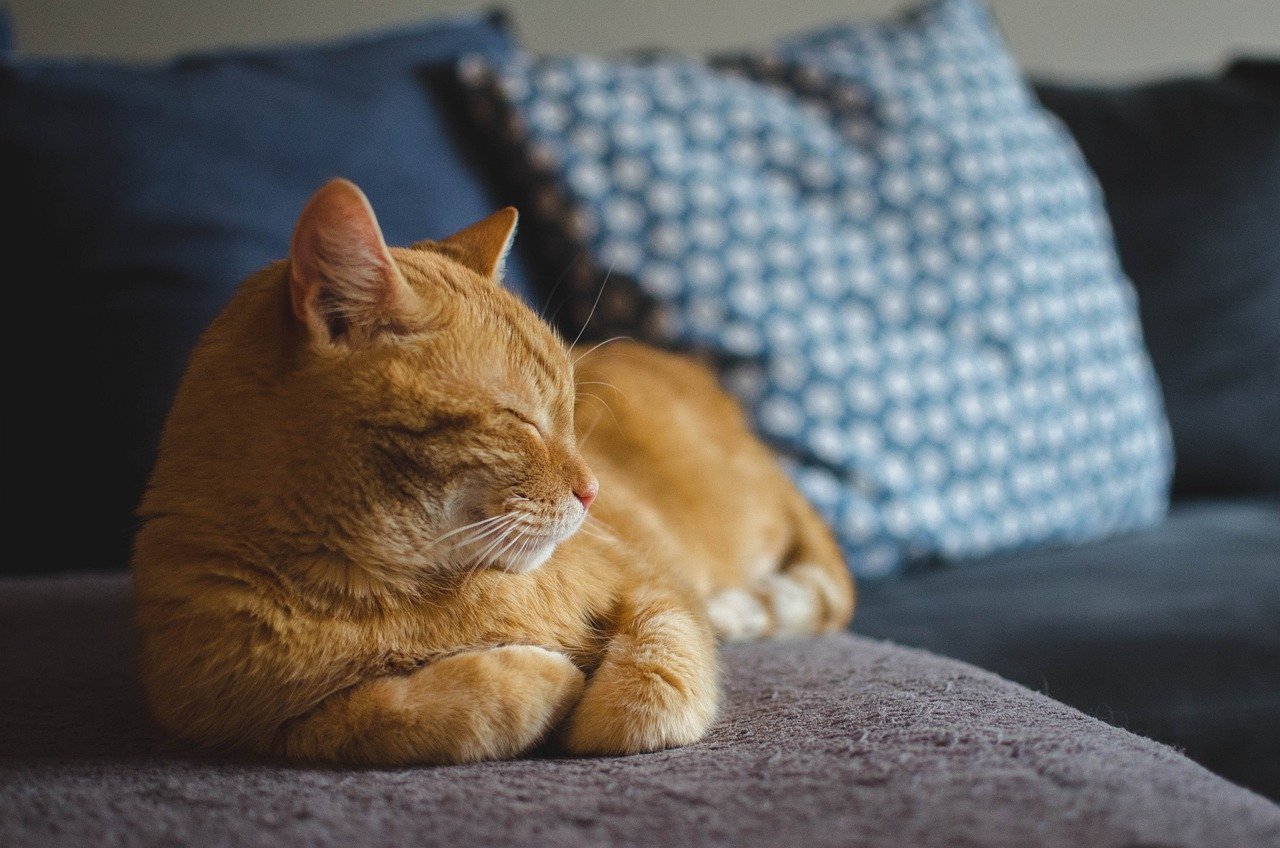Have you ever looked into the eyes of a frightened cat and felt your heart break a little? The smallest sound sends them running, and your gentle hand is met with suspicion or fear. Trust, once shattered, can take a monumental amount of patience and love to rebuild. For cat lovers, seeing a cat in distress is deeply moving—sometimes even frustrating when your best intentions are met with claws or a cold shoulder. But hope is not lost. There are proven, gentle ways to help a traumatized cat slowly rediscover safety, peace, and trust in you. Let’s explore the most effective, heartfelt techniques to help your feline friend heal.
Offer a Quiet, Safe Haven
Helping a traumatized cat heal is a journey that requires patience, empathy, and understanding. Whether your feline companion has faced abandonment, abuse, or a stressful change in environment, rebuilding trust doesn’t happen overnight. Cats often hide their fear behind silence or subtle behaviors, making it crucial to respond with gentle, consistent care.
Every traumatized cat needs a space where they can feel completely secure. Imagine how overwhelming the world must seem after a frightening experience—noises are louder, shadows are scarier, and every scent feels threatening. Setting up a quiet, cozy area, away from the hustle and bustle of daily life, gives your cat a much-needed retreat. This could be a small room or even a large, covered box with soft bedding. Make sure the spot is free from loud noises and visitors, and leave their favorite toys or a piece of your clothing nearby. Over time, your cat will associate this space with calmness, and as their confidence grows, they’ll begin to venture out, knowing they have a safe base to return to.
Let Them Approach You First
It’s incredibly tempting to reach out and comfort your scared cat, but for them, forced affection can be terrifying. The key is patience. Sit quietly on the floor, avoid direct eye contact, and simply be present. Allow your cat to come to you at their own pace—sometimes this might take hours, days, or even weeks. When they finally make that first tentative step toward you, resist the urge to scoop them up. Instead, reward their courage with a soft, reassuring voice or a gentle blink. This hands-off approach teaches your cat that they are in control of the interaction, which is crucial for rebuilding trust.
Use Calming Scents and Pheromones
Cats rely heavily on their sense of smell to understand their world. After trauma, familiar or calming scents can provide a sense of comfort. Many cat owners have found success using synthetic feline pheromone diffusers or sprays. These products mimic the natural chemical signals cats use to mark safe territory. Placing a diffuser in your cat’s safe zone or lightly spritzing bedding with a pheromone spray can help reduce anxiety. You can also leave items that smell like you, such as a worn T-shirt, to reassure your cat that you are a source of safety and love.
Speak Softly and Move Slowly
A sudden movement or a loud voice can easily frighten a traumatized cat. Imagine their world as being on high alert, where every quick gesture feels like a threat. Make a conscious effort to move slowly and speak in soft, soothing tones around your cat. Even when you’re in a hurry, try to tread lightly and avoid slamming doors or dropping objects. Over time, your cat will learn to associate your presence with calmness, not chaos. Sometimes, just sitting together in silence, gently humming or reading aloud, can work wonders in easing their nerves.
Establish a Predictable Routine
A structured daily routine is a powerful antidote to anxiety. Feeding your cat at the same times each day, keeping their litter box clean, and maintaining consistent play times can help them feel secure. Cats thrive on predictability, especially after trauma. When life feels chaotic, a routine gives them something to rely on—a sense of normalcy in a world that feels unpredictable. Even small rituals, like shaking the treat bag before snack time or singing the same song before bed, can become comforting cues that build trust.
Offer Treats as Positive Reinforcement

Food is a universal language, and for many cats, a tasty treat can be a small step toward healing. Every time your cat displays a brave behavior—like approaching you, exploring a new room, or allowing gentle petting—reward them with a favorite snack. Make sure treats are healthy and given in moderation, but let them be a symbol of positivity and encouragement. Over time, your cat will begin to associate your presence with good things, which helps to gradually erase the fear linked to trauma.
Engage in Gentle Play

Play is more than just fun—it’s a vital part of emotional healing for cats. Use feather wands, string toys, or soft balls to encourage your cat to engage from a safe distance. Never force them to participate; instead, let them observe and decide when they feel ready. As your cat grows more confident, they will begin to chase, pounce, and interact more. Gentle play not only helps rebuild trust but also provides a healthy outlet for stress and anxiety. Over time, these positive experiences will help your cat feel like their old, playful self again.
Practice Gentle Touch and Petting
Physical affection can be overwhelming for a traumatized cat, but with patience, you can reintroduce gentle touch. Start by extending a finger and allowing your cat to sniff or nudge it. Gradually progress to soft strokes on the head or under the chin—areas most cats find comforting. Always watch their body language; if they flinch or pull away, give them space. Each positive touch, no matter how brief, is a small victory. In time, your cat may even seek out your hand for comfort, a powerful sign of growing trust.
Use Soothing Background Noise

Complete silence can sometimes make anxious cats feel even more on edge. Soft background noise, like classical music, white noise, or calming nature sounds, can be surprisingly effective in reducing tension. These gentle sounds help mask sudden, startling noises and create a peaceful atmosphere. Be mindful of volume—anything too loud or jarring will have the opposite effect. Many cat owners find that leaving a radio or a playlist of soft music on during the day helps their cats relax, especially if they’re alone at home.
Respect Their Boundaries
One of the most important lessons when helping a traumatized cat is learning to respect their boundaries. If your cat hides under the bed or avoids eye contact, don’t force interactions. Instead, let them come to you in their own time. Place treats or toys nearby as gentle invitations, but never drag them out of hiding or corner them. By respecting their need for space, you show your cat that you understand and care about their feelings. This respect is at the heart of rebuilding trust, and it’s the foundation for a stronger bond in the future.
Encourage Socialization Gradually

Once your cat is comfortable with you, it may be time to slowly introduce them to other members of the household or even other pets. Begin with short, low-stress interactions. Allow your cat to observe from a distance, and never force direct contact. Use treats and praise for calm behavior. If your cat shows signs of stress, such as hissing or hiding, end the session and try again later. Over time, these gentle introductions will help your cat expand their circle of trust and feel more at ease in their environment.
Be Patient and Celebrate Small Victories
Perhaps the most crucial technique of all is patience. Healing from trauma is never a straight path; there will be setbacks, but also surprising leaps forward. Celebrate every small sign of progress—whether it’s a shy glance, a tentative step toward you, or the first purr after weeks of silence. Remind yourself that rebuilding trust is a journey, not a race. Your patience, love, and consistency are the greatest gifts you can offer a traumatized cat. With time, you’ll see the transformation, and the connection you forge will be deeper than ever.
Rebuilding trust with a traumatized cat takes time, compassion, and a deep respect for their pace. By using these 12 calming techniques, you’re not only helping your cat feel safe—you’re also laying the foundation for a relationship built on mutual trust and understanding. Every small breakthrough, from a relaxed posture to a quiet purr, is a sign that your patience is paying off. With consistency and love, even the most fearful feline can begin to feel at home again, and your bond will grow stronger for it.

Andrew Alpin from India is the Brand Manager of Doggo digest. Andrew is an experienced content specialist and social media manager with a passion for writing. His forte includes health and wellness, Travel, Animals, and Nature. A nature nomad, Andrew is obsessed with mountains and loves high-altitude trekking. He has been on several Himalayan treks in India including the Everest Base Camp in Nepal.





